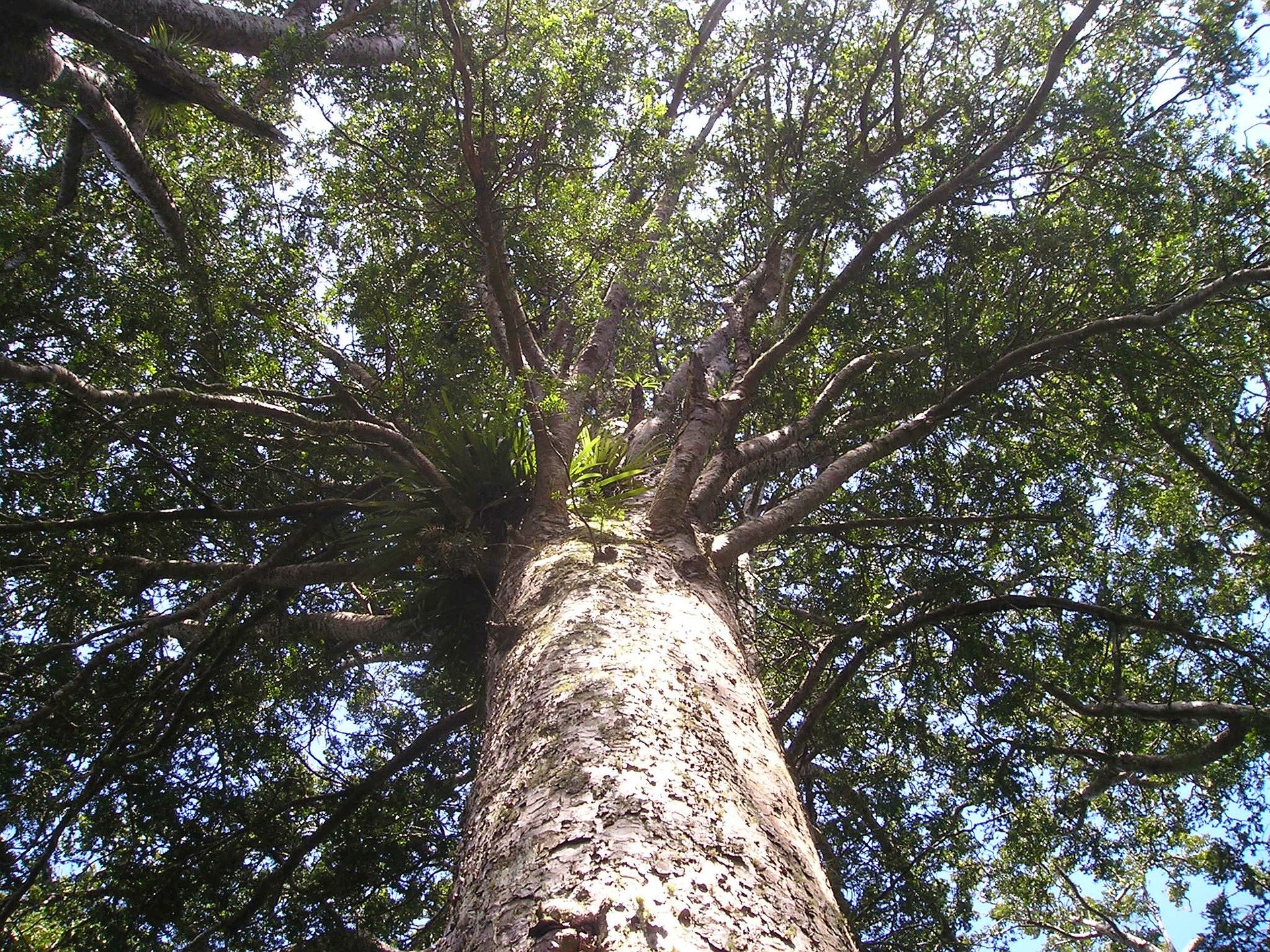Rongoā Māori - why we should use it to treat our flora and fauna
New Zealand doesn’t give enough credence to the value of rongoā Māori (traditional Māori healing) when dealing with diseases like Kauri dieback, says ecotoxicologist, Dr Jamie Ataria.
The Cawthron Institute scientist wants to see more funding and support provided to Māori practitioners so they can collaborate in a “meaningful and equitable way” with science.
A healthy Kauri tree. Photo credit: Simon Steinberger from Pixabay
“For many, many years I’ve considered that within the Māori corpus of knowledge there are potential answers to the ills of today’s contemporary society, and here I’m talking about biological heritage,” he told Landscape Architecture Aotearoa. “They (knowledge holders like rongoa practitioners) have just never been supported to explore its full potential.”
It’s his role within the New Zealand Biological Heritage National Science Challenge to find ways of facilitating their work, so theirs is another voice during conversations and action on how to save our flora and fauna. And also to work with Māori knowledge holders to develop a framework that guides best practice for research and researchers wanting to incorporate Māori knowledge in their programmes.
Bleeding gum - this tree has Kauri dieback disease but not all trunk lesions are caused by the disease.
And it’s in this role he’s been introduced to Māori medicinal expert Tohe Ashby, from Northland, who’s investigating how whalebone could treat Kauri dieback disease. Ashby has conducted case studies to test his theory, and told Māori Television they’ve produced some exciting results.
"I have tested it and it shows an improvement in the condition of the trees."
Traditional stories from Ngāti Wai and Ngāti Hine say Kauri and the whale were brothers, which prompted Ashby's research. "Tohora (whale) went to explore the sea and liked what he found so suggested to Kauri that they live there,” he told Māori Television.
"Kauri wanted to stay [on land] so Tohora removed his skin and gave it to Kauri and he went to live at sea."
Kauri leaves could turn yellow when a tree is infected with the dieback disease.
Ashby says these stories hold traditional knowledge that forms the basis of his research.
"We gather the fat of the whale and use also the bone of the whale, we mix both elements and then apply it on the bark of the tree. Within this process, we deliver our karakia."
Dr Ataria says “the scientific method is a very robust and useful approach to acquire knowledge. However, there is also a lot of value that in Māori knowledge, and Māori processes of attaining knowledge, that can look at things in a different way and provide alternative lines of inquiry – such as this rongoa approach with Kauri dieback.”
Kauri dieback was first discovered on Great Barrier Island in the early 1970s. It is a water mould whose microscopic spores in the soil seek out and infect Kauri roots, which grow into threads (mycelium) that then damage the tissues that carry nutrients within the tree. Infected trees have yellowing foliage, leaf loss, dead branches and often (but not always) lesions that bleed resin at the base of the trunk.
It’s estimated to have killed thousands of trees. Nearly all infected trees die.


